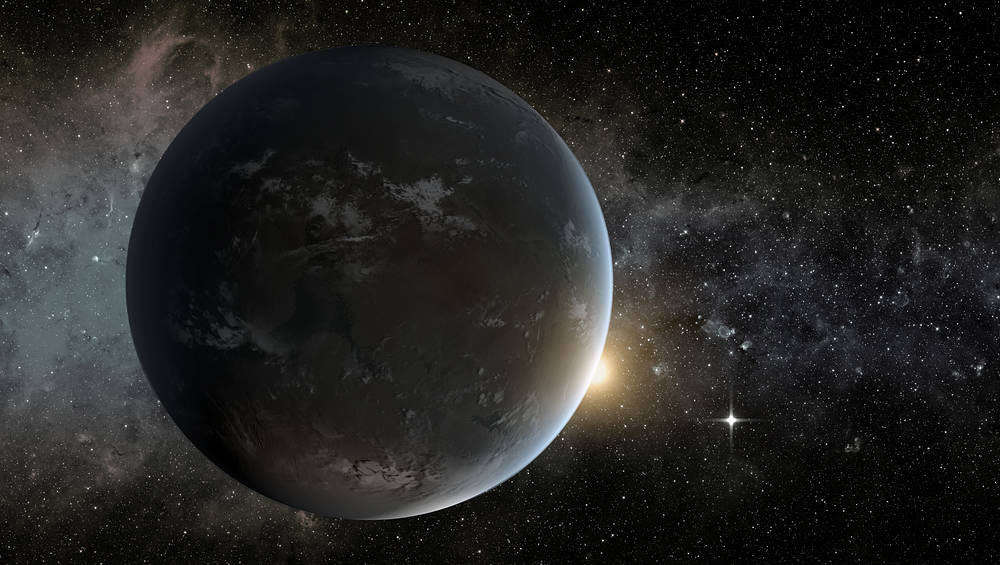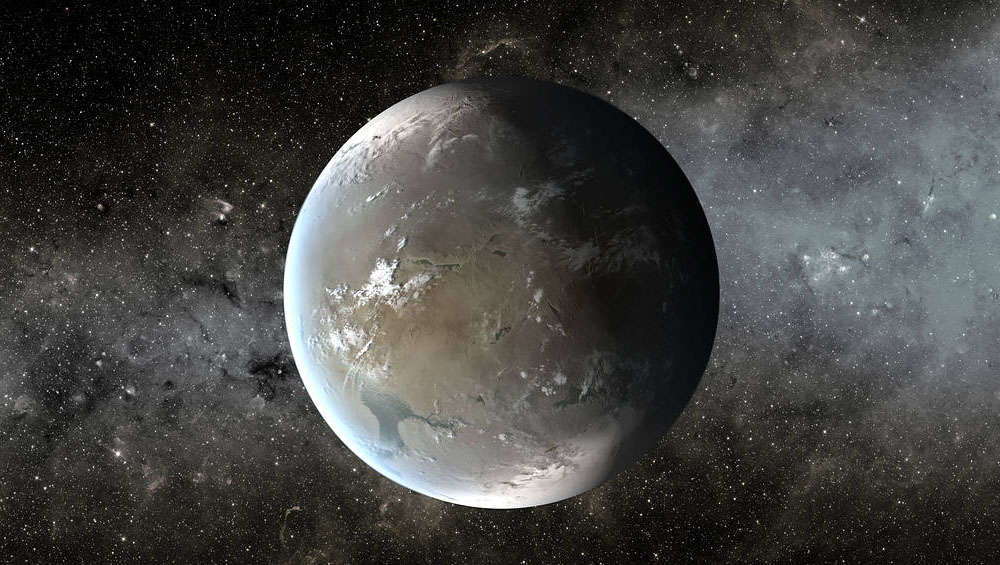Create a free profile to get unlimited access to exclusive videos, sweepstakes, and more!
Earth might not be alone — many alien planets could have water in their atmospheres

Without an atmosphere, we wouldn’t be here. Neither would most life-forms on Earth. Mars shows exactly what can happen to a rocky planet that loses its atmosphere, and it ended up Sun-blasted and frozen.
Earth is obviously not the only planet with an atmosphere. There are planets with everything from toxic gases to vaporized iron in theirs, but scientists now think there is a surprising amount of planets with an atmosphere high in water vapor, like ours, that might exist. Some might even be habitable. The universe is crawling with these planets, known as “sub-Neptunes” because they are just slightly smaller than Neptune. They are probably capable of having high water vapor levels in their atmospheres, and that vapor might even persist for billions of years like it has on Earth. Mars would be jealous.
“Using a model of atmosphere-interior evolution and atmosphere composition, we found that water vapor atmospheres form during the planets' evolution from sub-Neptunes into rocky exoplanets,” researcher Edwin Kite, who recently published a study in Astrophysical Journal Letters, told SYFY WIRE.
So what’s with all the Neptune poseurs floating around? The name is kind of deceptive. NASA's Kepler space telescope (RIP) found they are less like Neptune and more like our planet, making them super-Earths, or rocky planets that developed atmospheres when they were still cosmic embryos. Many are thought to have started out with atmospheric envelopes of hydrogen. Those that were able to hang on to their atmospheres are known as “gas-rich super-Earths,” while the ones that lost it are naked cores in space, or “true super-Earths.” They could have fallen victim to the same fate as Mars, being radiation-bombed by cosmic rays that stripped away their atmospheres. It is also possible that they lost mass and their atmospheres went with it.
That still doesn’t answer the question of why so many of these hot, rocky exoplanets are scattered all over, but magma might. At the interface where magma meets a planet’s atmosphere, extreme pressure pushes H2 molecules so close together that they end up repelling each other (kind of like people scattering the moment the doors open on a packed subway car). The molecules can only plunge downward into the flood of molten rock, where they dissolve. More H2 in the atmosphere means more that gets devoured by magma. This gets in the way of a planet’s radius expanding, which is why sub-Neptunes with radii that fall within a certain range are so common.
"The hydrogen cloak is accreted onto the planet from the protoplanetary disk and blankets the rock core, trapping the heat of planet accretion," Kite said. "So the planet forms with liquid silicate (magma) and the magma stays liquid for a long time (billions of years). The oxygen is from the magma, specifically from FeO."
Of course, when H2 reacts with O (from silicates in the magma), it forms water, most of which stays trapped in the magma — but some does evaporate into the atmosphere. Intense heat will do that. Sub-Neptunes that orbit close enough to their stars will then have their hydrogen atmospheres stripped away. The heat of the star allows much more water from the magma to be released as vapor, and that vapor then becomes a large part of the atmosphere. Now it just needs to be detected.
Current telescopes can’t really tell you much, which is why Kite and Schaefer used what we already know about the atmosphere of Earth and the planets around it to predict what could be going on in the sky of a distant exoplanet. Kite has an idea of how water vapor-dominated atmospheres can last so long.
"The main reason is the large mass of the dissolved-in-magma water reservoir," he said. "Exsolution from this dissolved reservoir (like unscrewing the top from a soda bottle) occurs when some atmosphere is removed. This is a stabilizing feedback that buffers the atmosphere against loss. Another reason is that many atmosphere loss processes become less powerful over time. So if the atmosphere survives the early period of intense loss, it can persist indefinitely."
Next-gen telescopes like James Webb might shed more light on exoplanets with Earthlike atmospheres, and may even pick up on their potential for life. Mars is just going to have to sulk for a while.



























